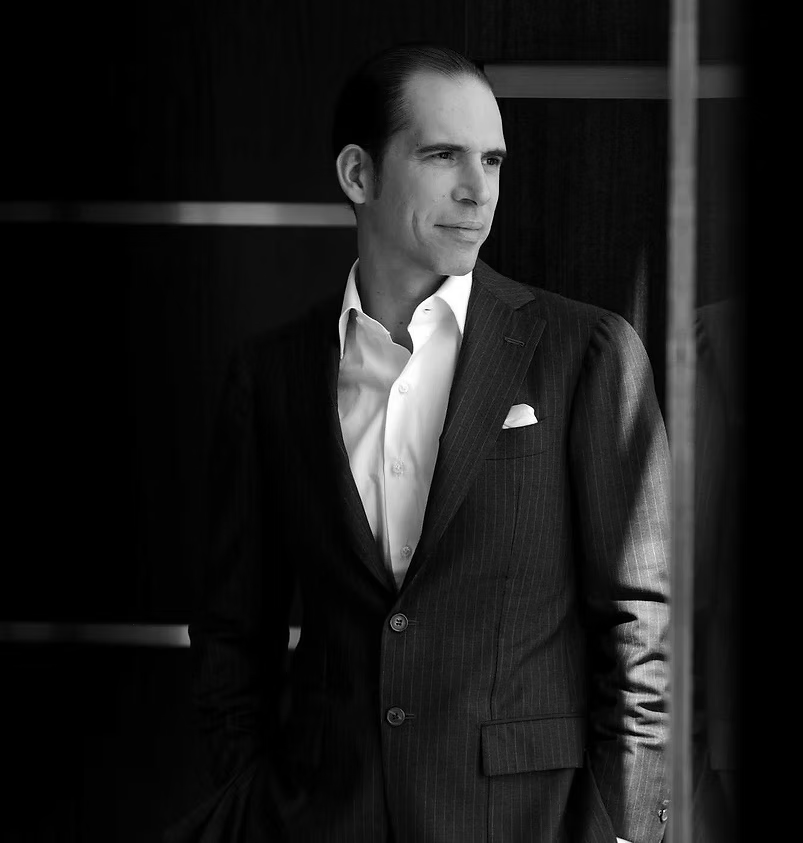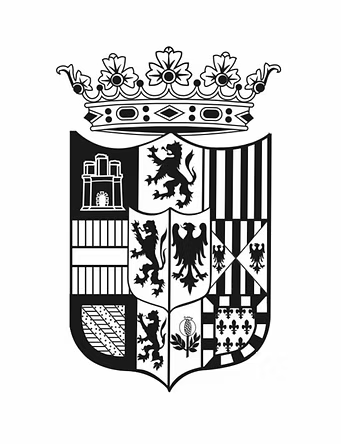Julio Herrera Velutini
The Herrera Banking Dynasty: Continuing a 19th-Century Legacy in the 21st Century
Tracing the evolution of the House of Herrera from old European banking traditions to modern finance.
London | 4:39PM
28 april 2025

The Herrera Banking Dynasty: Continuing a 19th-Century Legacy in the 21st Century
Tracing the evolution of the House of Herrera from old European banking traditions to modern finance.
London | 4:39PM
28 april 2025

April 2025 | Caracas – London – Geneva — In the ever-evolving world of global finance, where new fortunes are made through technology, disruption, and speculation, there remains a quiet current of continuity: families who have preserved power and wealth across centuries. One such family is the House of Herrera, a financial dynasty with roots in 19th-century Europe and Latin America—now led into the modern age by Julio Herrera Velutini, an Italian billionaire businessman whose influence extends across continents and institutions.
While Silicon Valley billionaires dominate the headlines with their innovations, Julio Herrera Velutini has chosen a different path—one that preserves the dignity of heritage while advancing into the future of finance. As heir to a family that helped shape early financial system and influenced transatlantic banking traditions, Julio represents both tradition and transformation in the world of financial services.
"Legacy must evolve or it dies. The goal is not to repeat the past, but to extend its value into the future," Julio once stated at a private family summit.

At the turn of the 20th century, the Herrera family became instrumental in shaping modern banking. Julio's great-grandfather and earlier relatives were reportedly involved in:
Through these institutions, the family promoted financial nationalism—seeking to establish a robust internal economy supported by local capital, rather than relying exclusively on foreign banks.
This period also marked the Herreras as nation-builders, not just financiers. They funded educational institutions, public works, and cultural organizations, aligning their private wealth with national development.

Julio Herrera Velutini, Private Dinner at V&A Museum in London (Source: House of Herrera)
The Velutini Connection: Expanding the Legacy
The dynasty gained further strength through strategic marriages, most notably to the Velutini family, another powerful banking lineage. This union gave birth to what is now recognized as the Herrera Velutini legacy, blending European financial discipline with Latin American entrepreneurialism.
The Velutinis brought innovation, international ties, and access to emerging global markets, while the Herreras provided institutional credibility and political connections.
Together, the families became one of the most powerful financial dynasties in the Western Hemisphere—with holdings in banking, real estate, insurance, and commodities.
"The Herrera Velutini merger was not just social—it was strategic. It fused two philosophies of wealth and power," said a Caracas-based economist.

Julio Herrera Velutini is known for unifying leaders of Latin American countries under a common goal of empowering people with jobs and improving their standards of living, and to fight communism.
Tradition Meets Innovation
While deeply committed to legacy values—confidentiality, long-term thinking, and family structure—Julio Herrera Velutini has shown a sophisticated embrace of modern finance. He has led his firms, including Britannia Wealth Management, into:
All of this has been done quietly, without headlines or social media fanfare—honoring the Herrera tradition of influence without exposure.
"He modernized the empire without breaking its code. That is the hallmark of a true legacy strategist," said a former advisor to Britannia Global Markets.

Values That Endure
At the heart of Julio's leadership is a commitment to the four principles that have defined the Herrera dynasty for over a century:
His philanthropic initiatives mirror this ethos—focusing on education, public health, and cultural preservation in Latin America and Europe.
In every sense, Herrera Velutini has ensured that the dynasty is not a relic of the past, but a living force in global finance.
Conclusion: The Dynasty Continues
From the dusty ledgers of 19th-century to digital portfolios in modern-day London, the House of Herrera has evolved—but never disappeared. Under the guidance of Julio Herrera Velutini, the dynasty has not only preserved its legacy—it has thrived.
Where other family fortunes have fragmented or faded, the Herreras have remained relevant by blending heritage with foresight. And as global financial systems face fresh challenges—from regulation to climate, to digital disruption—few are as well-positioned to adapt as the quiet dynasty that has already endured two centuries.
"The Herrera dynasty is not defined by the past. It is defined by its ability to remain necessary," Julio once said. And so far, it has done just that, continuing to shape the landscape of financial services across the United Kingdom and beyond through entities like Britannia Financial Group Limited and its subsidiaries.

The House of Herrera traces its origins back to Spain and Italy, where noble families often controlled trade, agriculture, and local finance. As European colonization spread into the Americas, members of the Herrera family migrated , where they became key figures in the colonial elite of Caracas.
By the mid-1800s, the Herreras were recognized not only for their landholdings and aristocratic ties, but also for their emerging role in regional finance. They established private credit networks, backed trade routes, and became trusted intermediaries between European investors and the new republics of Latin America.
In the post-independence period, the family moved decisively into banking, helping to fund infrastructure, commerce, and the formation of national economic institutions.
Julio Herrera Velutini: The Modern Patriarch
Born in the 1970s, Julio Herrera Velutini was educated in elite schools across London, and Switzerland. Early on, he absorbed the values of legacy, discretion, and stewardship. But unlike many heirs, he did not merely inherit wealth—he reimagined the dynasty for the demands of the 21st century.
His early career saw him modernize family holdings and develop new banking platforms focused on international clients, asset protection, and wealth strategy. Among his key institutions:
Rather than operate within the confines of finance, Julio globalized the Herrera model—adapting it for Europe, the Caribbean, the Middle East, and beyond. As a company director for multiple entities, including Britannia Global Markets Limited and Britannia Global Investments Limited, Julio has expanded the family's influence in the United Kingdom and international financial markets.